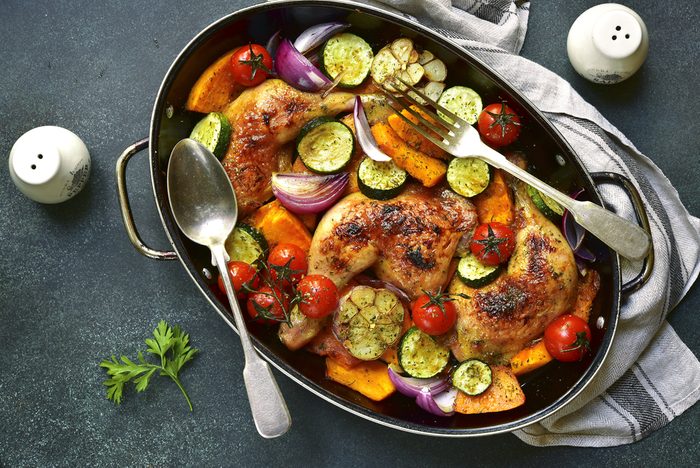
What is the Whole30?
The Whole30 is a fad diet that focuses on a clean eating “restart.” The plan emphasizes non-processed, “whole” foods—including grassfed, pastured, and wild-caught meats, eggs, and fish; organic fruits and vegetables; and healthy fats.
The diet has a 30-day time frame that the official website claims is the amount of time you need in order to “push the reset button with your health, habits, and relationship with food.” The Whole30 diet guidelines have their ardent fans and detractors.

Where did the Whole30 start?
The Whole30 diet was conceived by Dallas and Melissa Hartwig. Melissa created and blogged about her own experience with the plan beginning in 2009, then the couple went on to co-publish The Whole30 book, which has sold more than a million copies.
While critics say the diet is not based in hard science, the plan has gained traction on social media, particularly Instagram, where dieters regularly post meals that are “Whole30-approved” or in keeping with the plan’s restrictive guidelines, which forbid sugar, alcohol, dairy, soy, grains, legumes (including peanuts and peanut butter), and chemical additives and preservatives.
How do you explain its popularity? “People are always looking for one magic ingredient you can eliminate to lose weight,” says registered dietitian Leslie Bonci, a nutritionist and owner of Active Eating Advice in Pittsburgh, Pennsylvania. Yet, many people who have tried the diet swear by it.
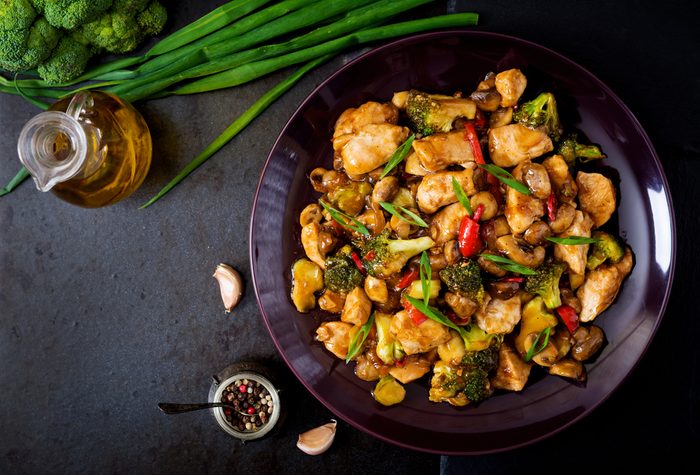
What do you eat on the Whole30?
Essentially, it’s an elimination diet. The plan restricts all the fore-mentioned foods for a 30-day duration. After that period, food groups may be gradually reintroduced to see if they had any negative impact on your weight, energy, or health issues—mainly autoimmune conditions. (Here are some Whole30 breakfast ideas.)
Followers of the diet create meals that combine grass-fed meats or wild-caught seafood, fruits and veggies, nuts and seeds, and eggs, along with certain fats, including olive oil, clarified butter, and avocado oil. Some surprising foods make the cut: potatoes, unprocessed bacon, and saturated fats if they came from grass-fed meats. (Here’s everything you can—and can’t—eat on the Whole30.)
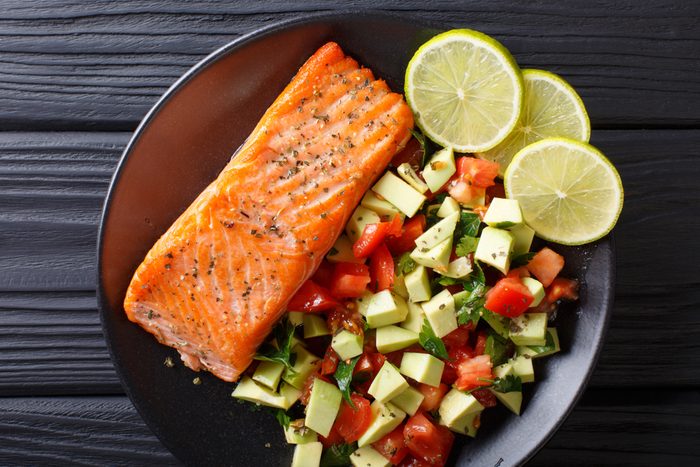
What does a Whole30 meal look like?
If it’s tough to imagine surviving without cheese, grains, and any form of sugar, including stevia, agave, and honey, for 30 days. So you may wonder how it is that Instagram shots of Whole30 meals look so tasty, while still complying with all the restrictions. Perhaps that’s the secret of their popularity. Inspiration and creativity are welcome for anyone trying to stick to the plan.
Although she doesn’t endorse the plan as a healthy way to achieve lasting weight loss, registered dietitian nutritionist Jen Bruning, spokesperson for the Academy of Nutrition and Dietetics, points out that some of her favorite meals fit into the Whole30 rubric—things like salmon or chicken bowls with diced vegetables and sweet potatoes or shredded kale salad.
“I’m a fan of one-pot or one-pan meals,” she says. “Mix up your vegetable and protein choices during the week and add some tasty seasoning like chipotle, Mediterranean blend, or Berbere spice.”
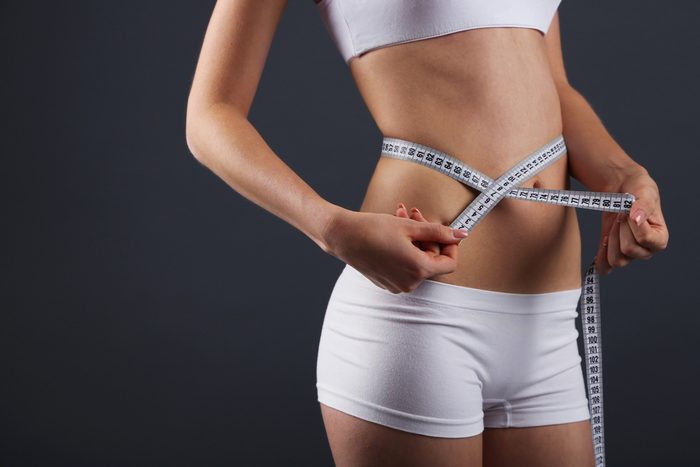
Why do the Whole30 plan?
So what does the Whole30 offer you? Plan co-creator Melissa Hartwig claims the foods that are not allowed on the plan are the most inflammation-causing and blood sugar-disrupting foods. Eliminating them, she suggests, may help you lose weight, have more energy, conquer cravings, and even improve some chronic health issues. Some beg to differ, and the diet ranked 33 out of 35 on U.S. News and World Reports’ list of healthy diets.
Psychologically, it’s possible the plan has a lot in common with detoxes and cleanses. Although you don’t count calories on Whole30, it may make you be more mindful about what you eat. And certainly, cutting empty calories from sugar and alcohol are a plus in any nutritionist’s book. (Read about how this woman lost 36 pounds on Whole30.)

What do experts think about the Whole30?
Some experts express concerns about the plan. “It’s difficult to follow and needlessly restrictive of typically healthy foods,” says Bruning. Cutting out whole grains and legumes in particular, which have both been linked to health benefits including weight loss, is a point of criticism with many dietitians. Another sticking point? The recommendation to consume more saturated fat from grassfed or pastured animals, yet at the same time cutting dairy, which some experts feel can make it tough to get the necessary amounts of vitamin D.
Additionally, Bruning says, “following the Whole30 can be expensive, socially isolating, and will not change long-held habits in the vast majority of people.”

Who should think twice about trying the Whole30?
If you participate in intense exercise regularly, such as marathon training, the plan’s lack of carbohydrates will not be sufficient to fuel your workouts, Bruning says.
Likewise, vegans and vegetarians may struggle with being unable to consume soy, whole grains, and legumes like beans. “You can’t even drink soy milk on this diet,” Bonci says.
Anyone who has had previous cardiac issues will want to consult their doctor about the saturated fat before jumping into the plan. Lastly, anyone who has struggled with eating disorders in the past may find the elimination rules a trigger and therefore may want to try a different plan for healthier eating.
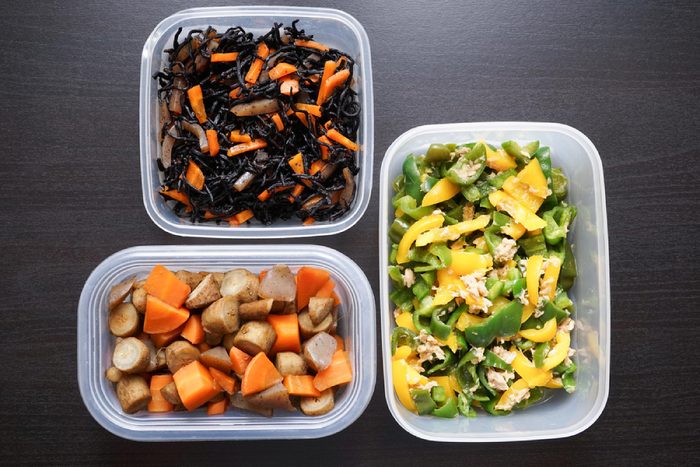
What should I know about the Whole30 before starting?
If you still want to give the diet a try, there a few things to keep in mind. “Start with foods you know you like, so you’ll always have food on hand that you can feel good about,” says Bruning.
Meal planning is also key, as you have such limited options. “Plan out some simple meals in advance so that cooking and eating isn’t a chore,” she says. “Think about trying new foods that you haven’t tried before.” (Don’t miss: 21 Whole30 snacks you’ll actually want to eat.)
